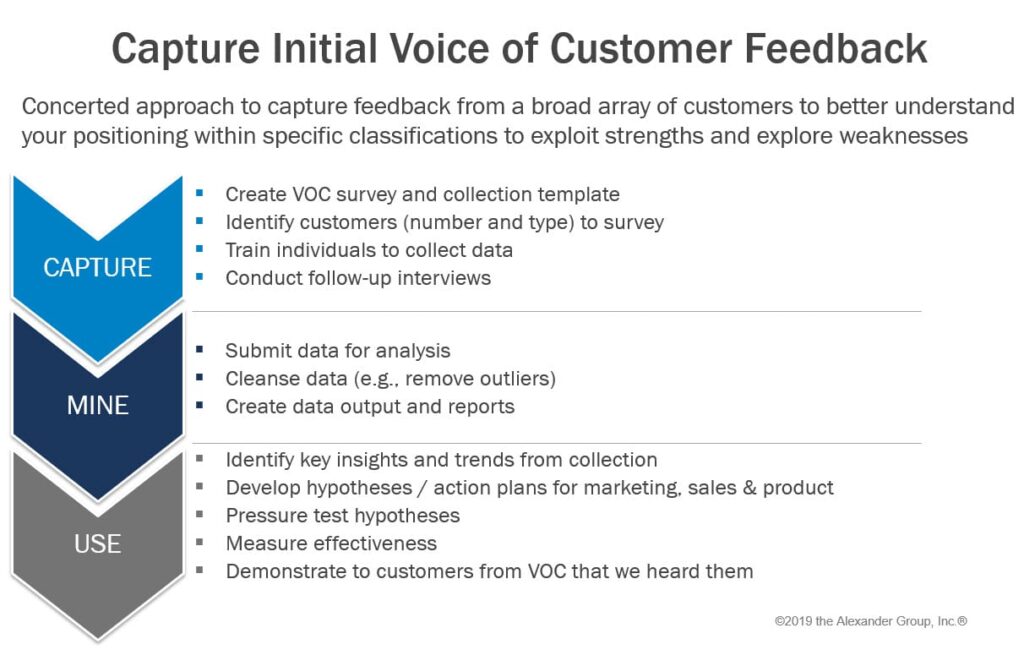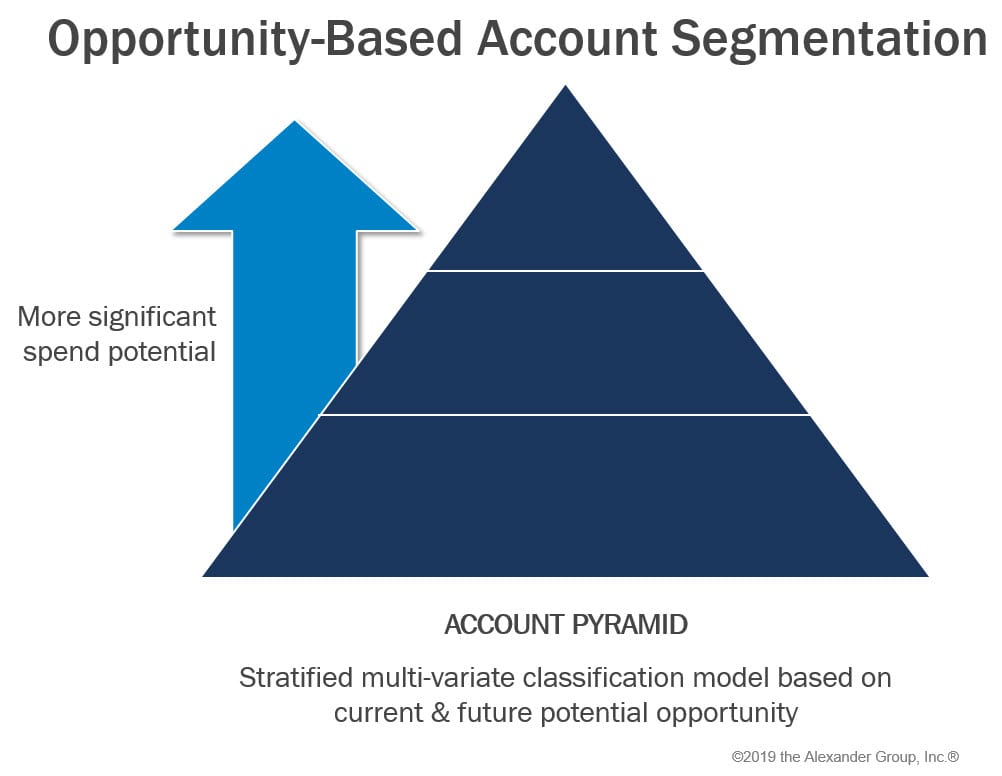Differentiate Service Levels & Grow Margin
Successful distributors differentiate commercial service levels (CSLs) based on customer need and value.
Ask a successful distributor to list the top reasons for their accomplishments. Most responses will include strong supplier partnerships, well-developed supply chains and local market knowledge. However, many distributors claim that the biggest key to success is a never-ending pursuit of customer satisfaction. But what exactly does customer satisfaction mean in an environment where B2C expectations are spilling into the B2B world? And what about cost? How much investment (in digital tools, distribution centers, human capital, for example) is required to be truly customer-centric?
Being all things to all customers can be an expensive and inefficient approach. However, under-investing in customer-facing resources and tools can erode a distributor’s value. So what is a commercial leader to do?
Successful distributors differentiate commercial service levels (CSLs) based on customer need and value. Alexander Group defines CSLs as an agreement to provide a particular level of interaction (in product, responsiveness, support, terms) to a particular type of customer. CSLs take into account customer needs but should be based on the importance of a customer to a distributor. Appropriately differentiating CSLs enables distributors to allocate finite resources to meet the needs of a diverse customer base.
In this series, we will explore the inputs required to define and differentiate service levels. We will also examine the four components of AGI’s CSL framework:
- Part 1: Inputs – gathering opportunity data, voice of customer and other information required to build CSLs
- Part 2: Capabilities & Responsiveness – differentiating product and service offerings, response time, solution customization and lead times
- Part 3: Support – differentiating access to the resources (e.g., sales, marketing, service and support), technology and tools that span the buyer journey
- Part 4: Terms & Pricing – differentiating the payment terms, shipping practices and pricing agreements
In each installment, AGI will bring to bear industry trends, project learnings and the latest distribution benchmarks. The goal of the series is to encourage distributors to think about the value of specific customers and tailor service levels to strike the balance between customer satisfaction and cost to serve.
Part 1: Inputs – gathering opportunity data, voice of customer and other information required to build CSLs
As discussed in the introduction, customizing Commercial Service Levels (CSLs) allows distributors to offer the right level of engagement and support to customers of varying value and needs. To apply CSLs correctly, distributors require inputs to accurately quantify value and assess needs. Both inputs are necessary to create a segmentation model that acts as the foundation for CSLs.
Input 1: Quantifying Value, aka “Sizing the Prize”
Estimating sales potential for a facility, site or account is difficult but necessary to inform segmentation. In the absence of forward-looking revenue potential, segmentation relies too heavily on historical spend, which can produce blind spots for big but underpenetrated accounts. Sales potential modeling is becoming more prevalent due to an increasing number of data sources, internal data mining capabilities and the impact it has on sales model productivity.
Ideally, a sales manager can expect a seller to know how much business a specific account does with the company and how much incremental potential exists for products and services within the portfolio.
Input 2: Assessing Needs, aka “Translating Voice of Customer”
Distributors know that collecting voice of customer (VOC) data is critical. Many organizations frequently poll customers via online Net Promoter Score (NPS) surveys or in-person focus groups. Customer Councils are prevalent in the industry. Traditional VOC helps commercial leaders understand customer wish lists (“I need better payment terms”), address service gaps (“My lead times are too long”) and solve immediate problems (“You were out of stock on copper wire last week”).
What traditional VOC practices typically fail to reveal fully, however, is clear understanding of the value that a customer derives from a distributor. Based on AGI’s experience, we can summarize value into four broad categories. Note, categories are not mutually exclusive:
- Trusted Advisor/Growth Partner: Customer strategy aligns with that of the distributor. Customer relies on distributor to scale; add new products, services and capabilities; grow share in specific markets; and increase profitability.
- Path to Product/Inventory and Logistics Expert: Customer expects distributor to provide access to all relevant SKUs, keep bins stocked and minimize their need to hold inventory.
- Technical Consultant: Customer outsources much (or all) of their technical capabilities to the distributor and expects assistance when crafting solutions that require advanced technology or value engineering.
Note: As with any offering, the current capabilities of the distributor must be taken into account–we cannot expect customer to see us as a technical expert if we do not have the resources and/or tools to deliver.
- Necessary Evil/Line of Credit: Customer requires only information about price and availability and seeks out most generous payment terms.
Figure 1: Example VOC collection process
Combining Inputs: Opportunity and Needs-Based Segmentation:
Opportunity modeling and VOC translation inputs tell us how much a particular customer is worth to us and what value they expect from the distributor. Combining the quantitative and qualitative allows commercial leaders to create segments and allocate accounts. The weighting of inputs should align with your strategy–some distributors may see High Potential/Path to Product customers as more valuable than Medium Potential/Technical Consultant customers; others might consider it the other way.
An end result is a segmentation model with crisp definitions around opportunity threshold and true buyer needs. Sellers should, with opportunity data provided to them, be able to allocate accounts into segments. Segmentation models that are over-engineered or too academic typically do not work.
Figure 2: Example segmentation model Impact on CSLs:
Impact on CSLs:
The newly defined segmentation model ought to present questions to leadership. Sales leaders may ask why we deploy highly trained, capable and paid sellers to Rest of Market accounts. Operations leaders may ask why we promise specific delivery terms to lower tier accounts. Finance may question terms for down-market accounts. These questions are normal and set the stage for redefining the CSLs that accounts of a particular segment receive.
Next up in our series: Capabilities & Responsiveness–differentiating product and service offerings, response time, solution customization, and lead times.
Do you have questions around commercial service levels at your company? Contact one of Alexander Group’s Distribution practice experts.
Read overview article.
________________________
RELATED RESOURCES

